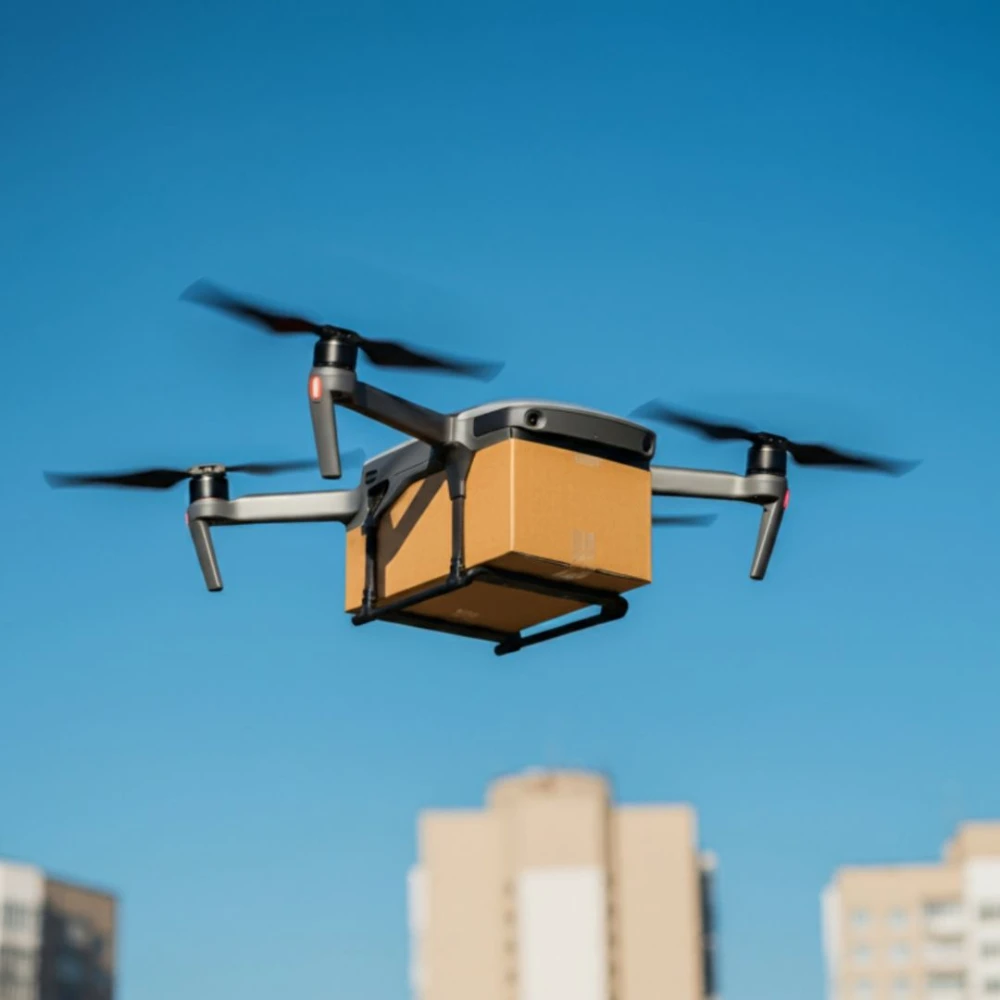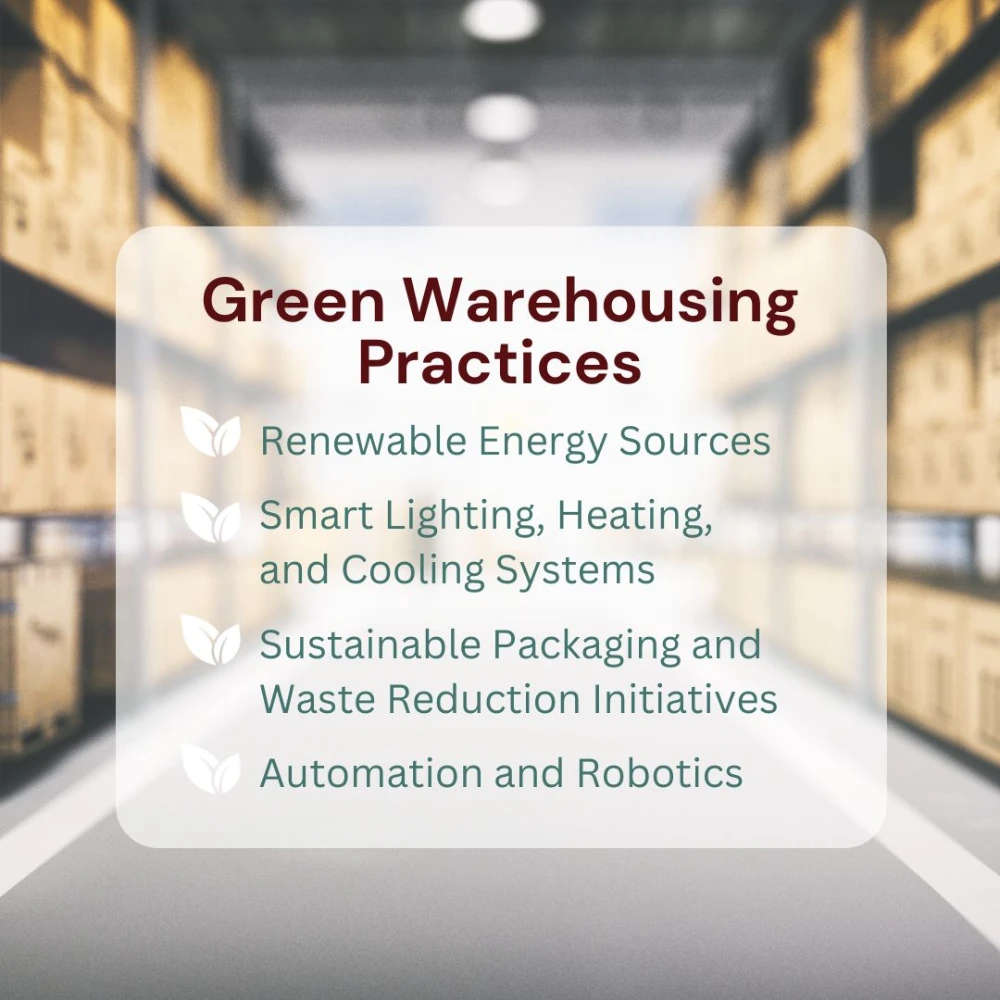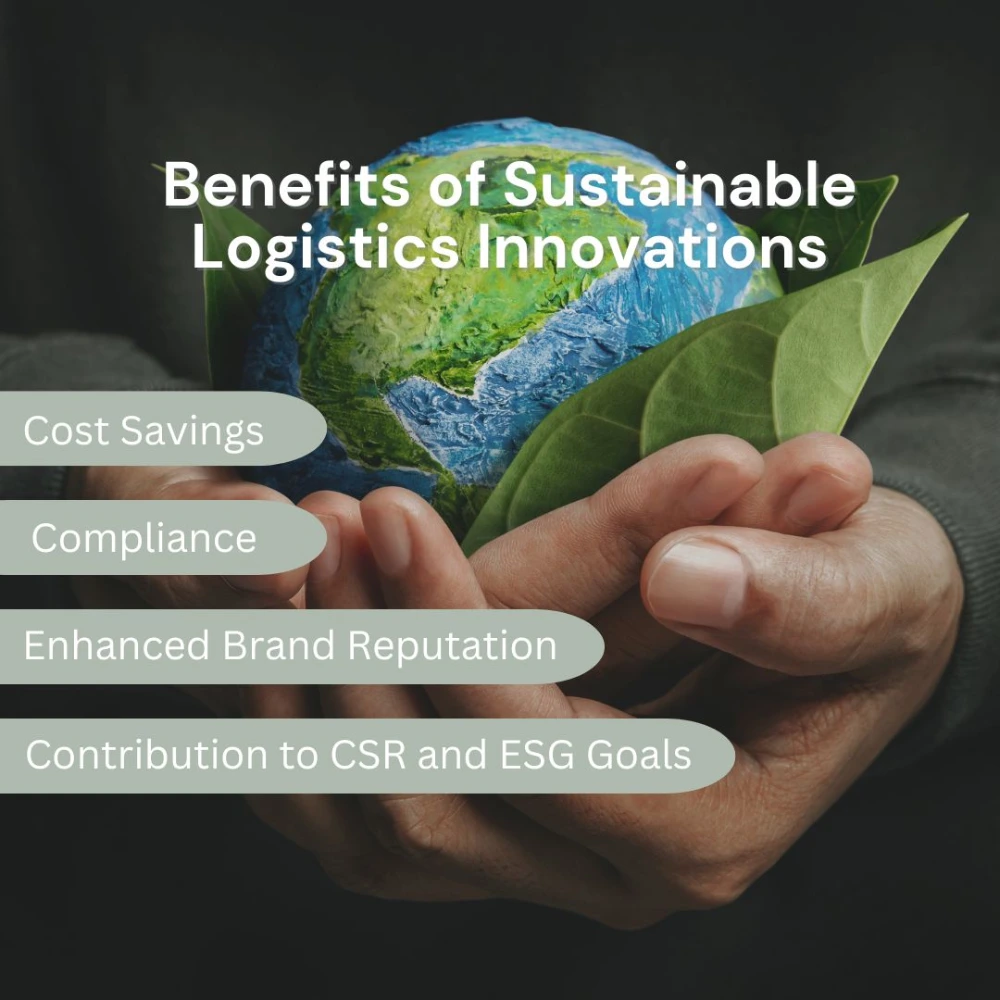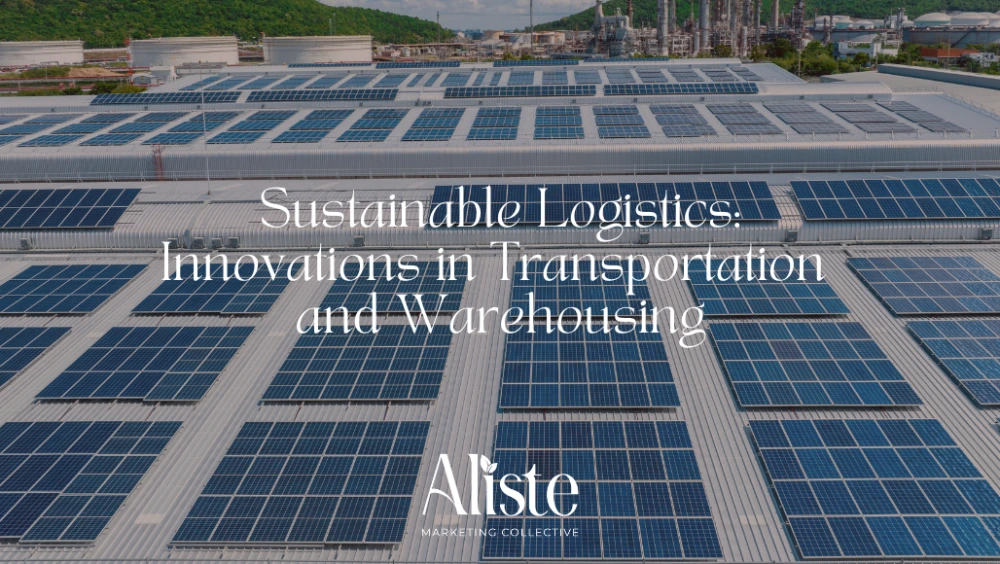The Importance of Sustainability in Supply Chain Management
Here’s logistics explained in the simplest way possible: A business creates a product and then ships it to the customer through planes, ships, and trucks. The industry is the backbone of our global economy, but its simplicity comes with a cost.
In the U.S., transportation alone accounts for about 28% of total greenhouse gas emissions. From 1990 to 2022 (that’s over three decades!), it increased more than any other sector. That’s a hard pill to swallow, and our climate can’t afford business as usual.
Now, consumers are demanding eco-conscious alternatives, and governments are tightening regulations. The degradation of our natural environment has pushed sustainability to the top of the agenda. Companies are no longer asking if they should adopt greener practices; they’re figuring out how.
In sustainable logistics, there are two things you can focus on: transportation and warehousing. Let’s talk about building a more responsible supply chain through them.
Innovations in Sustainable Transportation

Electric and Hybrid Vehicles
Electric vehicles (EVs) run on battery power, emitting zero tailpipe emissions. Meanwhile, hybrid vehicles merge internal combustion engines with electric motors, offering better fuel efficiency than diesel trucks. For freight and delivery, both are game-changers in last-mile logistics!
Autonomous Vehicles and Drones
Autonomous vehicles and drones are technologies already rolling (and flying) out in pilot programs worldwide. Self-driving cars reduce idling and inefficient travel, optimizing fuel usage and decreasing emissions. At the same time, drones deliver small packages faster and cleaner in urban areas with traffic nightmares.
Alternative Fuels
There’s no denying that traditional fuels are dirty and finite. Fortunately, alternative fuels are powering a new era of eco-friendly transportation! Biofuels offer lower carbon emissions than petroleum, hydrogen fuel cells emit only water vapor, and renewable electricity keeps EVs charged.
Smart Technologies
Collaborative Models
One truck with multiple loads means shared emissions. Collaborative transportation models like shared fleets, freight pooling, and backhauling are shaking up traditional hauling tactics! Instead of competing for space and fuel, businesses are teaming up to maximize truck utilization. The result? Fewer trips, lower expenses, and less environmental impact.
Green Warehousing Practices

It’s safe to say that warehousing has come a long way. Still, not all facilities are built with sustainability in mind. For example, you tick the one truck = multiple loads = shared emissions formula, but your massive building has outdated HVAC systems — that’s still a red flag. Invest in green warehouse practices, from designs to operations.
- Renewable Energy Sources: Think solar panels on rooftops and wind turbines on-site. These clean energy solutions keep your warehouse running without relying on fossil fuels.
- Smart Lighting, Heating, and Cooling Systems: LED lighting with motion sensors? Energy-efficient HVAC systems? Climate-controlled zones? Say no to unnecessary energy use!
- Sustainable Packaging and Waste Reduction Initiatives: Green warehouse practices include minimizing plastic, using recyclable materials, and implementing waste sorting systems to divert trash from landfills.
- Automation and Robotics: Let robots pick, pack, and move items with minimal waste or downtime. Automated systems pull down energy usage and ramp up efficiency.
Technology Driving Sustainable Logistics
Sustainable logistics is smart logistics that applies technology to every step of the supply chain. Here is some tech to add to your arsenal:
- IoT and Real-Time Tracking: Internet of Things (IoT) devices monitor inventory, track vehicle performance, and detect inefficiencies in real-time.
- AI and Machine Learning: ML and AI for planning efficiency, forecasting demand, optimizing inventory, and predicting delays.
- Blockchain: Immutable and transparent records ensure that every link in the supply chain meets sustainability standards and that all parties are held accountable.
- Data-Driven Decision Making: Real-time analytics identify bottlenecks, measure emissions, and support business strategies that lower environmental impact.
Benefits of Sustainable Logistics Innovations

Sustainable logistics might feel like a tall order, but that’s only because we’ve gotten used to an “on-demand” culture. We’ve trumped consequences for convenience for so long that prioritizing the planet is now non-negotiable (it should’ve been this way all along!) Here are the undeniable benefits of this shift in the industry.
Cost Savings
Energy-efficient operations, optimized routes, and smart warehouses decrease waste and reduce utility bills. Eventually, they bring serious savings to supply chain management companies and customers.
Enhanced Brand Reputation
Compliance
Contribution to CSR and ESG Goals
Challenges and Considerations
Of course, going green isn’t a flip-the-switch moment — it’s a journey, and you must be ready for the hurdles. For instance, EVs, solar panels, and automation tech don’t come cheap. Upfront costs can scare small and mid-sized supply chain management firms.
Moreover, customers want fast delivery, but sustainable methods require rethinking operations. Strive to strike the right balance! Lastly, you can’t be the only one working toward sustainability goals. As such, you need partners who share your values and goals.
Future Trends in Sustainable Logistics
We’re already seeing what the future holds, but sustainability in reverse product management is another trend that deserves a highlight: sustainability in reverse product management. It’s about moving goods “backward” through the supply chain with returns, recycling, repairs, and resale. Take H&M’s Garment Collecting & Recycling program, for example.
Logistics, then, isn’t only shipping new products but also new things made of old stuff. In this circular economy, nothing goes to waste. And as global supply chains evolve, sustainable logistics will remain at the center of innovation. Companies that prioritize circularity today will dominate tomorrow’s market.
Embracing Innovation for a Greener Logistics Future
From EVs to green warehouse practices and AI efficiency, sustainable supply chain management is now imperative for business. The road may be long, but every mile counts, especially for the planet. Remember, we only have one, and we’ve already taken so much from it.
Looking to innovate your operations with sustainability at the forefront? Aliste Marketing partners with purpose-driven brands to develop strategies highlighting and enhancing your commitment to sustainable supply chains. Contact us today to learn how we can help you communicate your green logistics initiatives effectively and authentically.



